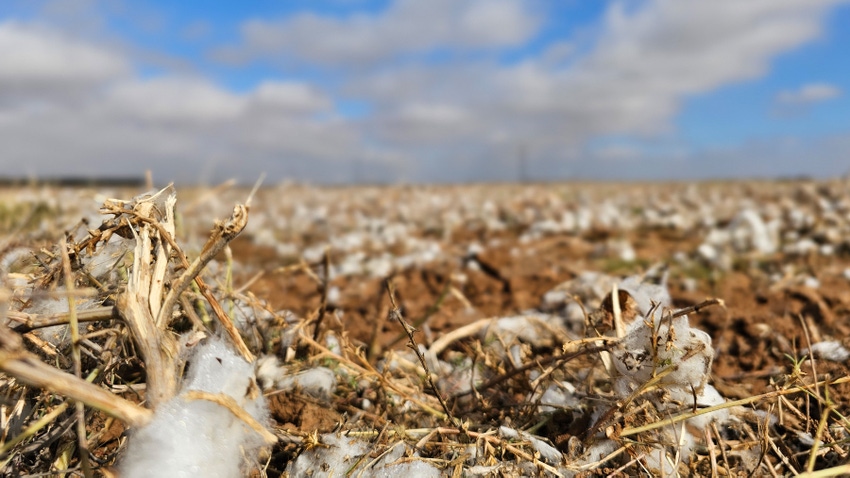
Opting not to buy crop insurance could result in losses of tens of thousands of dollars.
“It is complicated,” said Jacob Little, agent and owner, Crop and Range Insurance Services, Hillsboro, Texas. “The financial considerations can be significant,” Little explained during the opening general session of the 35th Texas Plant Protection Association annual conference, Tuesday, Dec. 5
He said crop insurance is especially important in a state as prone to weather disaster as Texas.
He noted that subsidies cover a significant portion of crop insurance premiums, making crop insurance a more affordable addition to a producer’s safety net.
“Subsidies vary by policy type, policy option, and producer qualification,” he said. The different kinds of policies available and some government programs that conflict with some policies increase the complexity, he added.
He mentioned STAX (Stacked Income Protection Plan), a product for upland cotton. “About half of the cotton in the U.S. has STAX coverage,” Little said. “It’s worth a look.”
He said typical STAX payments in 2022 were $100 to $150 per acre.
Limitations
Some restrictions apply, however.
“Producers can’t use STAX and government payments from either the Agriculture Risk Coverage (ARC) or the Price Loss Coverage (PLC) program.” Other crops may choose a Supplemental Crop Option (SCO) policy or an Enhanced Coverage Option (ECO). SCO, as with STAX, conflicts with ARC for the same crop on the same acres. ECO is unaffected by ARC coverage.
Other restrictions
A Conservation Compliance form is necessary to prove growers have a conservation plan in place. “Producers usually complete this form, AD-1026, whey they first interact with FSA or NRCS,” Little said.
“Without the AD-1026 in place, the government will not pay the subsidy. This will more than double the producer’s premium.” One caveat exists, he said. “Crop insurance agents can create a Conservation Compliance Exemption form to help producers without a current AD-1026 receive the subsidy. “
That exemption is allowed in the first year while a producer works to complete form AD-1026. “The form must be completed before the billing date of the insured crop,” Little said.
Selecting a policy, he added, can be daunting with the number of policies available, the conflict between policy types and the crops covered.
He said for cotton producers, STAX is worth consideration. “Also, if growers have not considered SCO/ECO, it’s also worth a look.”
He also said crop insurance is calculated on prevented and/or planted acres . FSA Farm Bill programs are based on base acres.
Little explained STAX versus ARC/PLC. “STAX attaches to all planted acres of cotton with insurance. ARC/PLC attaches to cotton base acres at FSA.
“A base acre of cotton can only be eligible to receive a potential payment for either STAX or ARC/PLC. STAX participants will show a 0% payment share and/or not participate on their cotton base at FSA, unless a producer knows he will not plant cotton on a farm that has cotton base.”
With SCO versus ARC/PLC, Little suggests a producer determine if he wants SCO on any crop. “If he does, that crop can only be enrolled in PLC at FSA. If you don’t want SCO, pick either ARC or PLC.”
Timing creates another challenge, Little said. From Feb. 15- Feb. 28, producers may add ECO, SCO, or STAX to insurance policies. On March 15, producers make ARC/PLC decisions at FSA. July 15 is the date to report acres to FSA and insurance. “Making ARC and PLC changes after March 15 will no longer be accepted by RMA to resolve program conflicts," Little said.
“You will make policy and farm bill decisions before you completely know where and what you will plant.”
As Little said, ”It’s complicated.”
About the Author(s)
You May Also Like






